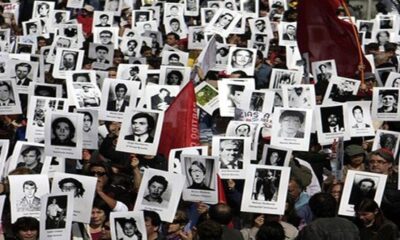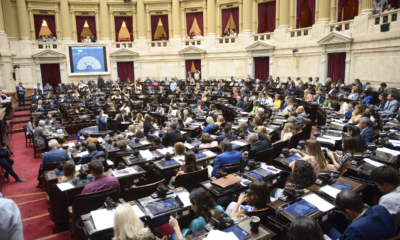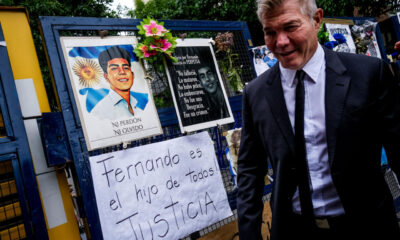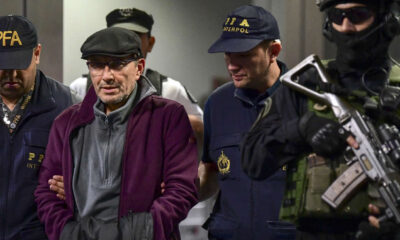International
Argentine group finds 131st dictatorship-era ‘stolen’ child
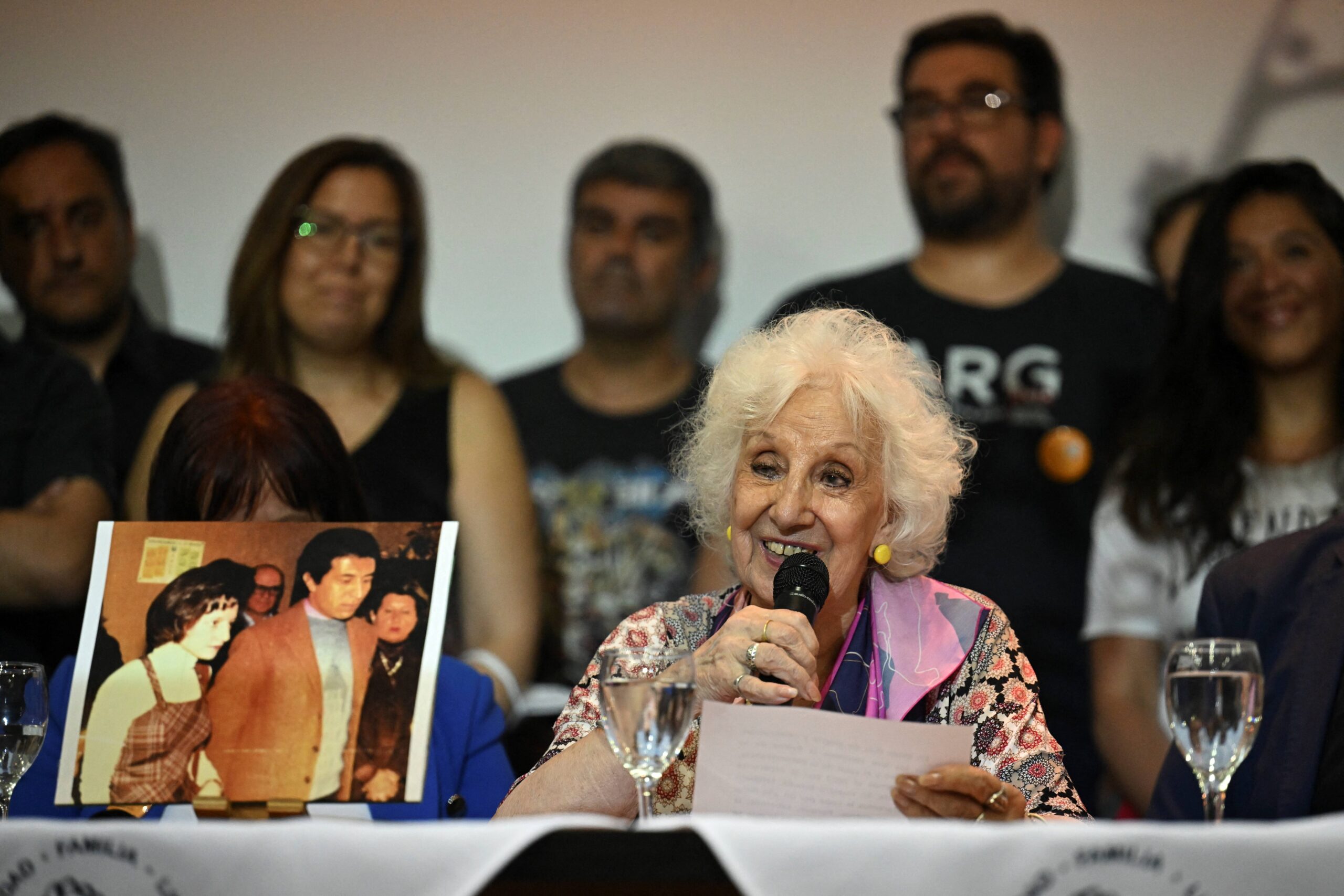
| By AFP |
More than four decades after being taken from his parents — activists who “disappeared” under Argentina’s military dictatorship — a man raised by others has learned his true identity, an activist group has announced.
The man is the 131st child “stolen” during the dictatorship era to be identified under a decades-long fight by the group known as the Grandmothers of the Plaza de Mayo — and the first in nearly three years.
His assumed identity has not been divulged.
“We are happy to announce a new restitution of identity,” the Grandmothers said in a statement Thursday after the man’s DNA tests came back.
“As if the end of the year wanted to fulfill all our wishes,” they said in reference to Argentina’s recent World Cup victory, “we celebrate the discovery of a new grandchild, number 131.”
Almost 300 other men and women “living among us with falsified identities” after being taken from their parents under the 1976-1983 dictatorship remain to be found, the Grandmothers added.
Now 44 years old, the man was the son of Marxist activists Lucia Nadin and Aldo Quevedo, from Mendoza, detained in Buenos Aires in October 1977.
Nadin, 19, was nearly three months pregnant at the time.
Grandmothers president Estela de Carlotto, 92, told reporters Nadin likely gave birth to her son at the notorious Navy Mechanics School (ESMA), which served as the country’s largest detention and torture facility.
“We are told that he is a sweet, calm person,” de Carlotto said. “He (did not react) with refusal or sadness” to discovering his true identity.
But she said he would need time to fully digest the stunning news before being presented to the public.
“He just took it as a reality, a new reality for him,” said de Carlotto.
30,000 people lost
The Grandmothers group was founded in 1977 by women trying to find their arrested daughters — and the babies they bore in captivity.
They take their name from the Plaza de Mayo square in Buenos Aires, where women defied authorities to hold protests demanding information on the whereabouts of their loved ones. They did so in vain.
As many as 500 children were taken from their imprisoned mothers, most of whom then disappeared under the country’s brutal military rule.
Most of the children were given to childless people close to the dictatorship, keen to have them raised as regime loyalists.
Many of those aided by the Grandmothers reached out after experiencing doubt over their identity — because of a lack of physical resemblance to their parents, the absence of photos of their mothers while pregnant, or holes in the family history.
This was the first new identification since June 2019. The coronavirus pandemic had put the brakes on the Grandmothers’ research and interviews with potential victims.
Six of the original grandmothers died during the pandemic.
Rights groups say some 30,000 people died or disappeared under Argentina’s military dictatorship.
International
Trump moves to reclassify marijuana as less dangerous substance
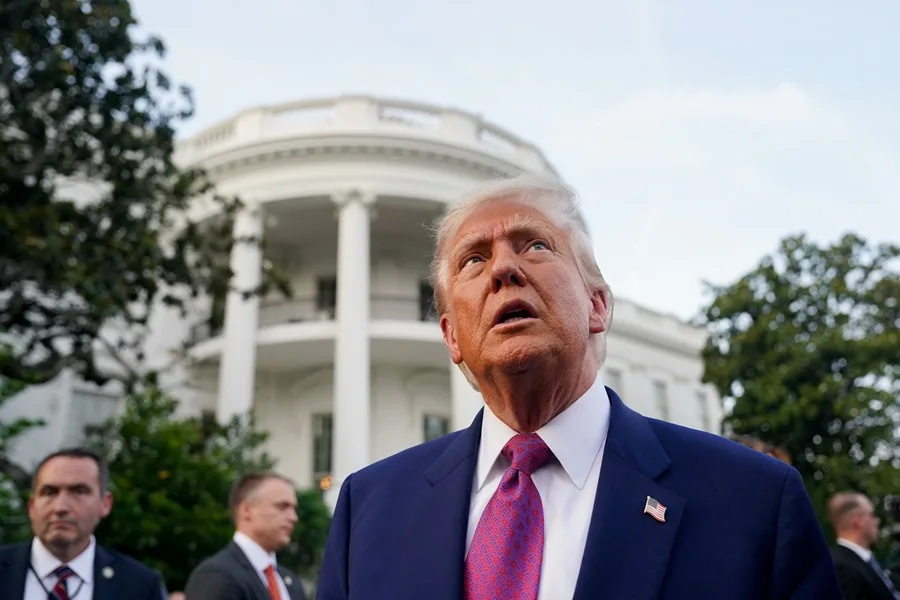
Former U.S. President Donald Trump signed an executive order on Thursday to reclassify marijuana as a less dangerous addictive substance, a move aimed at encouraging medical research without immediately opening the door to federal-level decriminalization.
Trump said that “people were begging” him to make the decision, particularly individuals suffering from chronic pain. He stressed, however, that the measure “is not at all a decriminalization” of marijuana for non-medical use.
“I’ve always told my children: don’t use drugs, don’t drink, don’t smoke,” Trump added. He is a well-known teetotaler.
A senior government official described the decision as “common sense” during a briefing with reporters, noting that marijuana and CBD-based products — a compound derived from cannabis known for its relaxing properties — are already widely used in the United States by patients dealing with chronic pain.
Most U.S. states currently allow the use of cannabis for medical purposes, and more than 20 states, along with the nation’s capital, Washington, D.C., have also legalized recreational use.
International
Shakira’s El Salvador concerts sell out in hours, fans demand more dates

The sell-out of all three announced Shakira concerts in El Salvador in less than 24 hours has sparked a collective call for additional dates, highlighting an overwhelming demand that transcends borders and positions the country as a cultural hub in Central America.
Ticket sales for Shakira’s Central American residency confirmed the artist’s massive impact across the region. The three shows scheduled for February 12, 14, and 15 in El Salvador sold out in under 24 hours, triggering an immediate public response from fans who were unable to secure tickets and are now urging promoters to open new dates, according to an official statement from promoters Two Shows and Fenix Entertainment.
Even before ticket sales officially opened, thousands of people joined virtual queues that exceeded the usual capacity of the country’s ticketing platforms. Despite logging in early and waiting for hours, many users were unable to complete their purchases and were ultimately left without tickets, Two Shows reported.
The unprecedented demand was widely documented through screenshots, testimonials, and social media posts, showing slow-moving waiting lists, ticketing websites overwhelmed by traffic, and purchase processes that failed to go through despite users following all required steps within the designated timeframes.
According to the organizers, demand to see Shakira perform in El Salvador remains strong even after the sell-out. Meanwhile, hotels have reported booking inquiries beyond the announced concert dates, pointing to a larger-than-expected tourism influx tied to the event.
International
Rubio rules out 2028 presidential bid if Vance runs
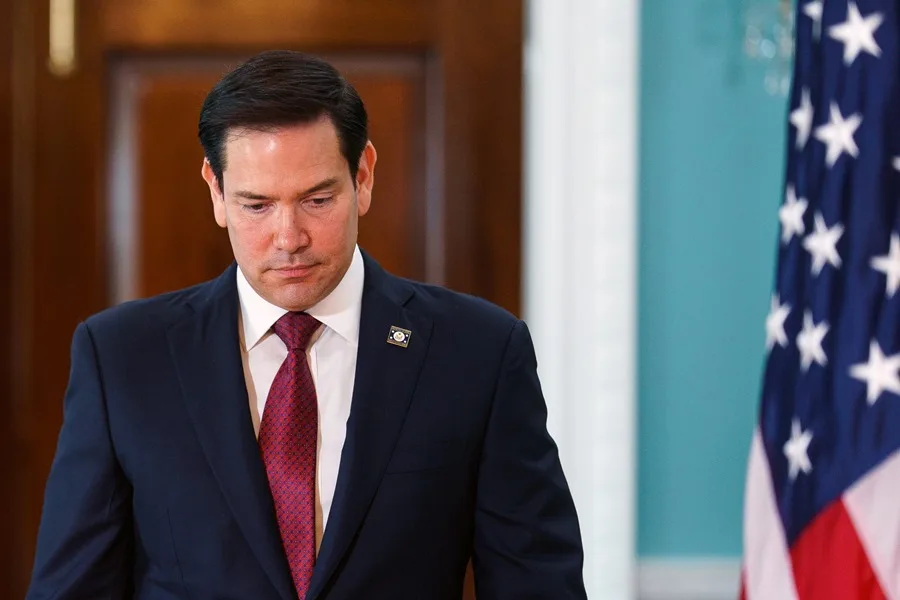
U.S. Secretary of State Marco Rubio said he would not seek the presidency in 2028 if current Vice President JD Vancedecides to run as the Republican nominee to succeed President Donald Trump.
“If JD Vance runs for president, he will be our candidate, and I will be one of the first people to support him,” Rubio said in an interview with Vanity Fair, in which he appeared alongside other senior members of the presidential cabinet.
Rubio, 54, and Vance, 41, are widely viewed as two of the leading Republican figures who could headline the party’s ticket in the 2028 election. Under the U.S. Constitution, Trump is barred from seeking another term after completing two presidential mandates.
In a lighthearted moment during the interview, Vance jokingly offered photographers $1,000 if they managed to make him look better than Rubio in the photos. Both leaders have received public backing from Trump, who last October floated the idea of a joint ticket featuring Rubio and Vance, without clarifying who would lead it.
“I think that if they ever teamed up, they would be unstoppable. I don’t think anyone would run against us,” Trump said at the time.
White House Chief of Staff Susie Wiles, who also took part in the interview, confirmed that Trump does not intend to violate the 22nd Amendment, which prohibits a third presidential term, though she acknowledged that the president is “having fun” with speculation about a possible return to office.
Rubio, the son of Cuban immigrants, served as a Republican senator from 2010 to 2025. He sought the party’s presidential nomination in 2016 but was defeated by Trump after a bruising primary contest. His name was floated as a potential vice presidential pick in 2024, but Vance ultimately secured the spot. After taking office, Trump appointed Rubio as secretary of state, making him the first Latino to hold the position.
-

 International4 days ago
International4 days agoPolice investigate deaths of Rob Reiner and wife as apparent homicide
-

 Central America5 days ago
Central America5 days agoPanama seizes over three tons of drugs hidden in Caribbean port container
-

 Central America4 days ago
Central America4 days agoOAS urges swift recount in Honduras as election results remain uncertain
-
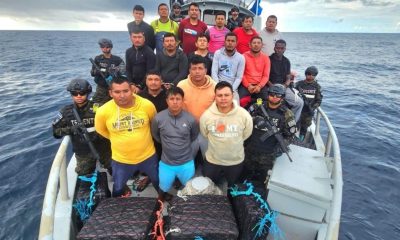
 Central America3 days ago
Central America3 days agoEl Salvador ranks among top countries in the Americas in fight against organized crime
-
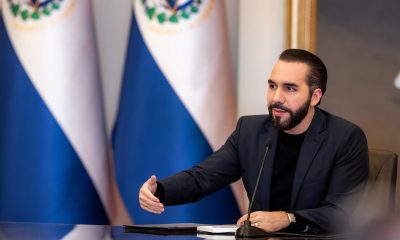
 Central America3 days ago
Central America3 days agoBukele says AI partnership with xAI will transform public education in El Salvador
-
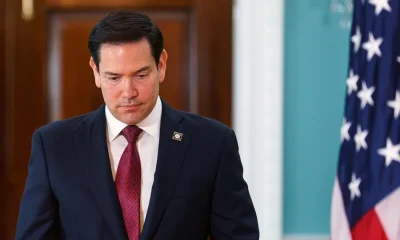
 International2 days ago
International2 days agoRubio rules out 2028 presidential bid if Vance runs
-

 Central America2 days ago
Central America2 days agoArrests and clashes in Tegucigalpa as vote count continues after Honduras election
-
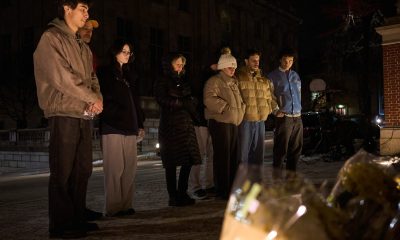
 International2 days ago
International2 days agoAuthorities search for armed and dangerous suspect in fatal Brown University attack
-

 International8 hours ago
International8 hours agoShakira’s El Salvador concerts sell out in hours, fans demand more dates
-

 International8 hours ago
International8 hours agoTrump moves to reclassify marijuana as less dangerous substance

























